Emily Veh – SCA NH Corps – Discover the Power of Parks Interpretive Ranger
If you’re looking for a hiking adventure this summer and want to see some beautiful wildflowers, look no further than the Kinsman Ridge trail in Franconia Notch State Park. Challenge yourself to hike up to the 4,100’ summit of Cannon Mountain and identify some native wildflowers along the way. July is the perfect time for this 3.8 mile hike. Both wildflowers in the lower valley forest and on the summit of Cannon Mountain are in bloom. Here’s an introduction to some of the plants and flowers you may encounter on the trail this summer.
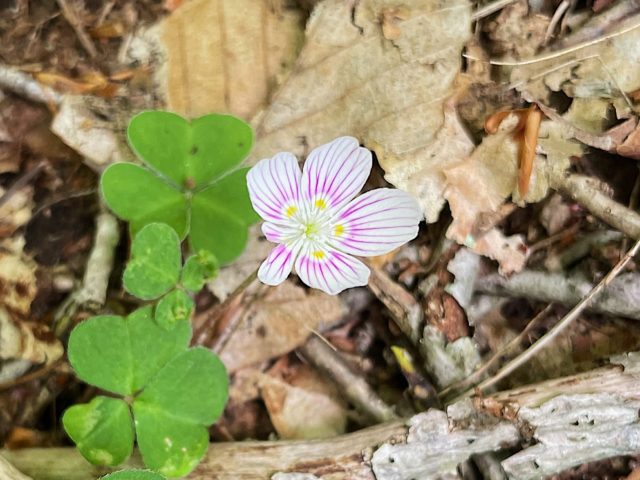
Our trail begins in the hardwood forest. Maples, oaks, and birch surround you and provide shade for the first bit of your hike. Within the first half mile of your hike, keep an eye out for mountain wood sorrel and twisted stalk along the sides of the trail. Mountain wood sorrel’s leaves are clover-like in shape, but their delicate flowers are white with pink stripes. Take your time in spotting these, for the flowers can be the size of your fingernail. Twisted stalk presents a fun surprise. You wouldn’t know these plants had flowers if you didn’t look under the leaves! The tiny flowers of the twisted stalk hang upside down from its leaves. Most hikers will pass them by without noticing these sweet little blooms.
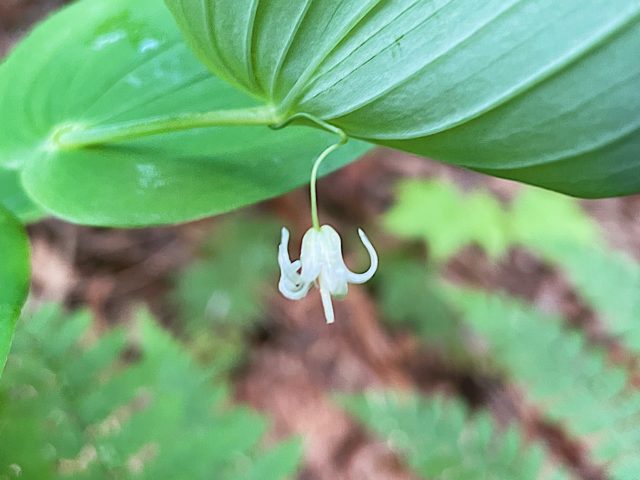

As you approach the .75 mile mark, you’ll start to get your first views of Echo Lake and you will notice some new wildflowers appear alongside the trail. Bluebead Lily is still in bloom on the slopes of Cannon Mountain. Although don’t worry if you can’t make it in time to see the flowers, the blue berries that follow in later summer are also an exciting sight. Bunchberry is in abundance, decorating the sides of the trail with their four, dogwood-like white petals. Sweet, white wildflowers are the theme of this stretch of trail. Along with Bunchberry, look for the unique seven-petal Starflower and clusters of Canada Mayflower.

You’ve reached 1 mile! You’ve gained some altitude and are now leaving the hardwood forest behind you. As the tall hardwoods become fewer, you will witness the transition into the spruce-fir forest. Soon you will be in the sub-alpine zone! Spruce and fir trees dominate the forest around you and sphagnum moss blankets the forest floor.
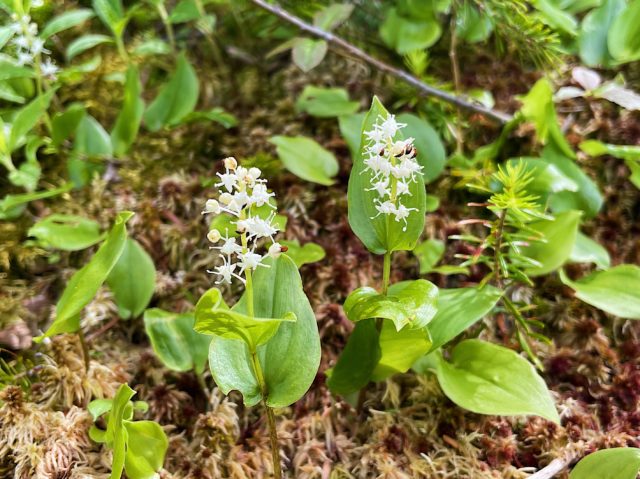
The summit is in view! As you begin your final climb to the top of Cannon Mountain and the Rim Trail, you enter the sub-alpine zone. Here, spotting wildflowers take a little bit more patience and attention because they are so small. Plants on this part of the mountain grow closer to the ground and are typically smaller because of the alpine conditions. Alpine wildflowers blooming on Cannon in July include Sheep Laurel, Labrador Tea, Alpine Cranberry, and Three-toothed Cinquefoil.
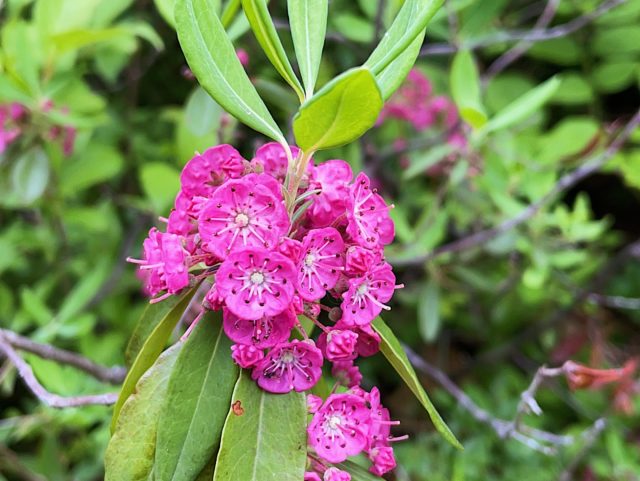
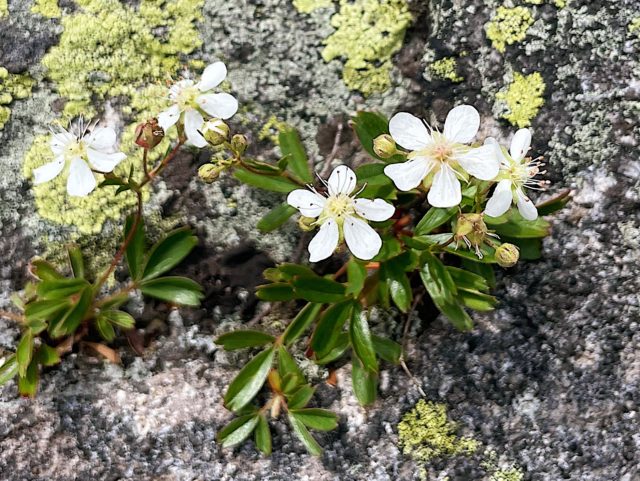
Take your time walking around the Rim Trail. You’ll recognize wildflowers from the sub-alpine zone as well as some of the flowers you spotted at lower elevations like Canada Mayflower and Bunchberry. Make sure to climb up to the top of the observation platform to take in the 360° views, before heading back down the mountain.
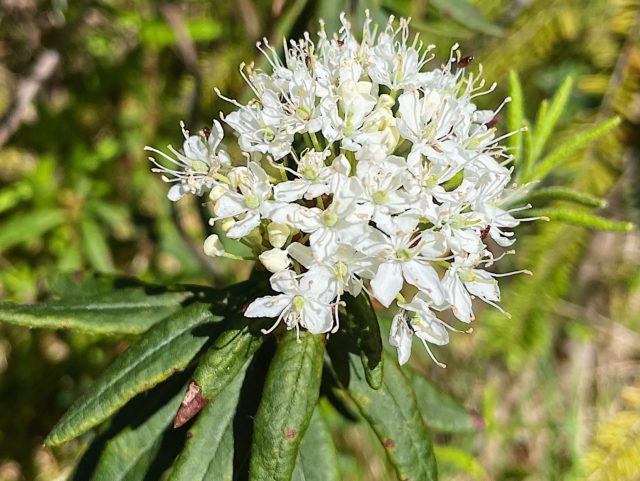
It’s important to leave wildflowers where they are and not to pick them, especially the plants and wildflowers in the sub-alpine and alpine zones. It can take plants decades of growth before they produce flowers because of the harsh weather conditions and shorter growing seasons in these areas. Please note that the Kinsman Ridge trail is steep and rocky, and sturdy footwear is highly recommended.

